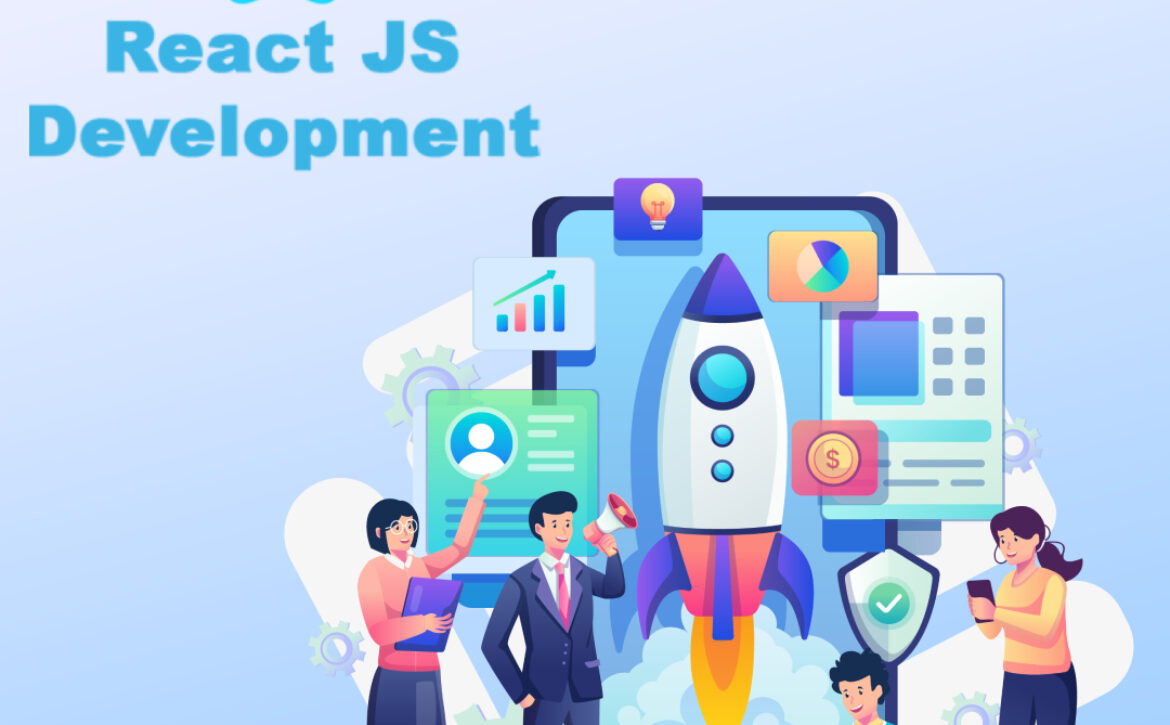Everything You Need To Know About Node JS Development
Want to begin learning Node JS development? Learn why the major companies use it, what Node implementations work best, and how to put together your tech stack quickly.
Introduction
Node JS is utilised by Facebook, Netflix, Uber, and eBay. Do you not think that it serves as evidence of its effectiveness?
However, let’s look into it for ourselves. What exactly makes Node Js development so great?
So, to speak. Node supports speedy delivery and concept testing from a business perspective. Although it is simpler to scale than PHP, Ruby, or Python, it isn’t more scalable. It enables programmers to quickly create a web server. Anyone with JavaScript experience can pick up Node quickly. Furthermore, it isn’t a framework (we’ll dispel that myth later!).
Want to learn more? Then read on.
What is Node JS?
Node.js is a back-end JavaScript runtime environment that is open-source, cross-platform, and is used to create network applications that are quick and scalable. It is based on the JavaScript V8 Engine used in Google Chrome. Outside of a web browser, JavaScript code is executed. With Node JS, you can build a web server quickly and easily.
Node is a lightweight, quick, and contemporary way to run code on your computer, to put it simply.
JavaScript advances thanks to Node JS. Using JavaScript, it enables developers to simultaneously create client- and server-side applications.
CHAPTER. 1:- What is the purpose of Node JS?
Building scalable network applications is where Node JS shines the most. It is made possible by various factors, including: V8 JavaScript engine, the asynchronous, single-threaded, and unified API nature of Node.
Node JS is especially helpful for:
- Chat Applications
- Streaming Applications
- Command-line Applications
- Browser Games
- Embedded Systems
CHAPTER 2:- Facts About Node JS Development
Let’s examine four myths regarding Node JS that are frequently circulated before dispelling them.
Myths:
- Node JS is a framework.
- It relies only on Chrome V8 engine.
- Multi-threads are not supported.
- It’s hard to work with Node JS for beginners.
Actual facts:
- Node JS is a server capable of executing JavaScript.
- It’s an open source and cross-platform system that allows for building web apps.
- Node JS supports multi-threads, provides asynchronous and event-driven APIs.
- Developers familiar with JavaScript will learn Node quickly.
Node JS Development's Benefits And Drawbacks
Node JS Development Advantages:
- For developers familiar with JavaScript, the learning curve is minimal.
- The caching of modules is supported by a runtime environment.
- Input/output (I/O) requests are handled better as a result of event-driven I/O.
- The deployment of web applications is simplified by the usage of the same code by developers on the server and client sides.
- The most popular package management in the software industry is NPM.
Drawbacks of Node JS Development:
- Periodically Improving API.
- For Tasks That Demand A Lot Of CPU Power, It’s Not The Best Option.
- There Is Disagreement Over The Asynchronous Technique.
CHAPTER 3: Nine Well-known Node JS Applications
The biggest players use Node JS:
- PayPal
- Yahoo
- Mozilla
- Netflix
- Uber
-
- Groupon
- GoDaddy
- EBay
Chapter 4:- Node JS Development Benefits
Node JS enables quicker delivery, which facilitates concept testing. It accomplishes this by transferring model code and tests between the client and server, which increases the development team’s efficiency significantly.
Additionally, Node.js thrives as a “framework” for applications that offer streaming or real-time experience (chats, transactions, reservations, advertising).
The app is simpler to modify with Node JS. When the application model is based on Node.js’s event-driven paradigm as opposed to a traditional MVC, it proceeds more smoothly.
CHAPTER 5: Why does Node.js appeal to the top companies in various industries?
Although the aforementioned factors may appear more important for startups, corporate organisations all around the world are also using Node.js to create applications that will change the game.
- Runs the same programming language as in browser
- Designed with scalability in mind
- Access to node Package Manager
- Offers stability and long-term support
- Lightweight and Fast
CHAPTER 6: The Top 15 Node JS Development Tools
These are the tools that our devs use and adore, therefore the list may be a little subjective. But let’s just make things simpler for those who are just getting started with Node JS.
The following are some tools you (or your team) might want to experiment with when using Node JS:
Mocha.js – The asynchronous testing framework Mocha.js supports console and browser testing.
Chai – With any chosen testing framework, Chai, a TDD and BDD assertion system, can be used.
Sinon.JS – is a standalone testing framework for JavaScript that supports stubs, mocks, and spies. It is compatible with all testing tools.
Express.js – a lightweight framework, Node JS, and Express.js allow programmers to create JavaScript-based server-side applications.
WebStrom IDE – You may construct Node JS apps on the server and the client side using the WebStrom IDE, an excellent Javascript IDE.
Passport.js – A middleware for Node JS authentication is Passport.js.
Socket.io– is a platform that enables event-based, real-time communication in both directions.
Webpack – JavaScript files are bundled together by Webpack for use in browsers.
BlueBird.js – Use the BlueBird.js package to manage asynchronous code.
PM2 – Process manager PM2.
Electrode.io – Build global React/Node JS applications with standardised structure and best practises built in using the Electrode.io platform.
Meteor.js – is a framework for creating cross-platform code for quick prototyping.
Vue.js – appears to be a fantastic replacement for Angular.js.
MEAN.JS – A complete JavaScript solution for web apps is MEAN.JS. MongoDB, Express.js, Angular.js, and Node.js make up the stack.
Babel – A JavaScript compiler
Next steps
Chapter 7: Do You Want To Be Current? The Top Nine Nodejs Newsletters
Go to the next chapter if you want to learn more about the best Node JS implementations.
If you want to be informed when new chapters are available, don’t forget to follow us.
Developers can learn new things and stay current on crucial issues and changing trends by contributing to Node JS newsletters and resources.
The following is a list of the best newsletters related to Node.js development:
- Node.js Foundation Newsletter
- JavaScript Weekly
- Node Weekly
- JSter
- FrontEnd Focus
- WebTools Weekly
- Mobile Dev Weekly
- Gamedev.js Weekly
- Pony Foo Weekly Node JS Newsletters







